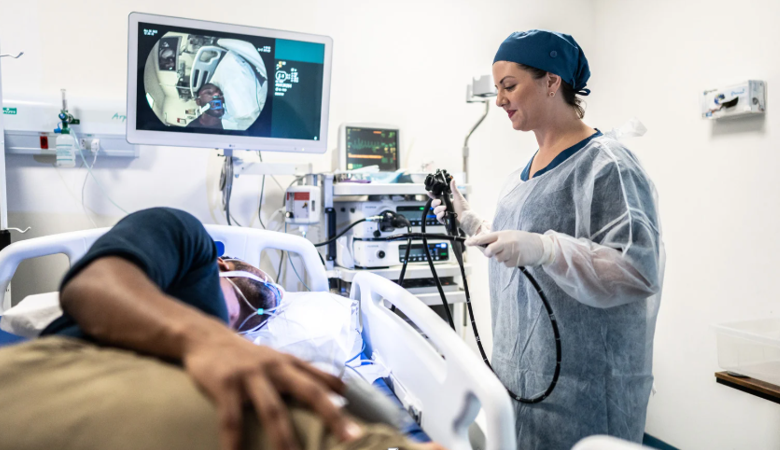What Are the Key Benefits of an Upper Endoscopy for Digestive Health?

For individuals experiencing ongoing digestive issues such as reflux, abdominal pain, or unexplained weight loss, undergoing an upper endoscopy in Baltimore can provide critical answers. This procedure allows doctors to directly examine the esophagus, stomach, and the upper portion of the small intestine with accuracy. Unlike general screenings, it offers both diagnostic clarity and the opportunity for early intervention. Understanding its benefits helps patients make informed decisions about their digestive health and long-term care.
Preparing for an Upper Endoscopy
The success of this procedure often depends on proper preparation. Patients are usually advised to fast for several hours before the test to ensure a clear view of the digestive tract. Guidance on how to prepare for an upper endoscopy emphasizes steps such as avoiding certain medications and following the fasting requirements closely. This preparation not only makes the procedure more effective but also reduces risks, ensuring patients receive accurate results.
By arriving well-prepared, patients help their medical team perform the test smoothly, increasing the likelihood of identifying even subtle issues such as inflammation or ulcers.
Accurate Diagnosis of Digestive Conditions
One of the greatest benefits of upper endoscopy is its ability to provide a detailed view of the digestive tract. This level of accuracy allows doctors to identify issues that other imaging tests may miss. Conditions such as gastritis, ulcers, celiac disease, or early signs of cancer can often be detected through this procedure.
Unlike other diagnostic approaches, upper endoscopy enables direct visualization and the possibility of taking tissue samples for biopsy if needed. This allows for a more thorough and conclusive diagnosis, guiding personalized treatment plans.
Differentiating Endoscopy from Other Procedures
Patients often confuse endoscopy with colonoscopy, but the two serve different purposes. While an endoscopy focuses on the upper digestive tract, a colonoscopy examines the lower intestine. Understanding the difference between an upper endoscopy and a colonoscopy is essential for choosing the right procedure based on symptoms.
This distinction ensures that patients undergo the most appropriate test for their specific digestive health concerns, minimizing unnecessary procedures while maximizing diagnostic effectiveness.
See also: The Connection Between Alcohol Abuse and Mental Health Disorders
Enhancing Treatment and Ongoing Care
Beyond diagnosis, upper endoscopy can also be therapeutic. For instance, it may be used to treat bleeding ulcers, dilate narrowed areas of the esophagus, or remove small growths. This dual role makes it not only a diagnostic tool but also an important part of ongoing digestive care.
Patients who undergo regular monitoring with endoscopy, especially those with chronic conditions like acid reflux or Barrett’s esophagus, benefit from early detection and timely intervention, reducing long-term risks.
Conclusion
An upper endoscopy provides patients with valuable insights into their digestive health by allowing accurate diagnosis, early detection of serious conditions, and, in some cases, immediate treatment. With proper preparation and a clear understanding of its benefits, this procedure becomes an essential step toward managing digestive concerns and ensuring long-term wellness. Beyond the medical advantages, it also offers patients peace of mind by clarifying unexplained symptoms and guiding timely care. When performed under expert supervision, it plays a vital role in preventing complications and supporting overall digestive health for years to come.





